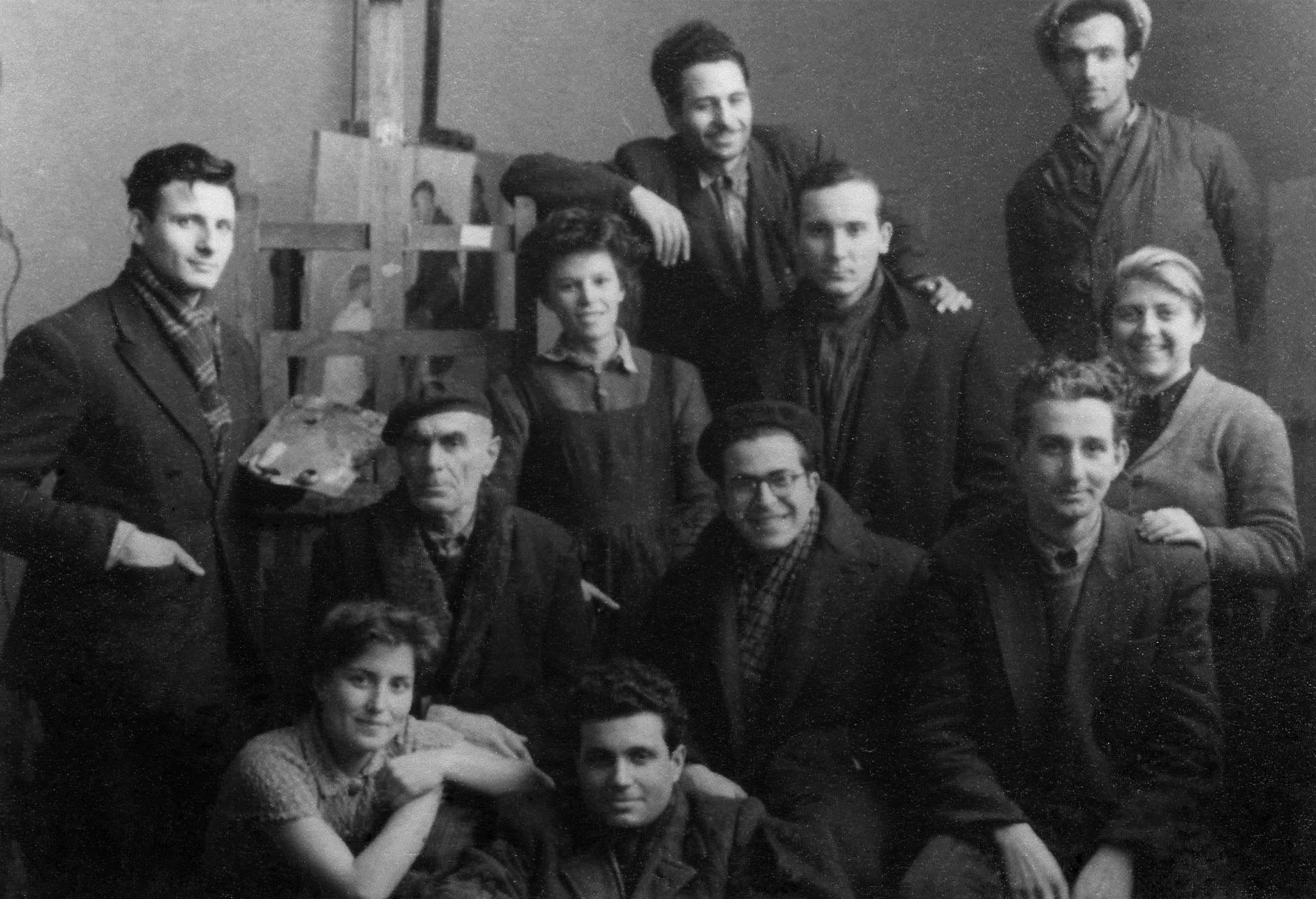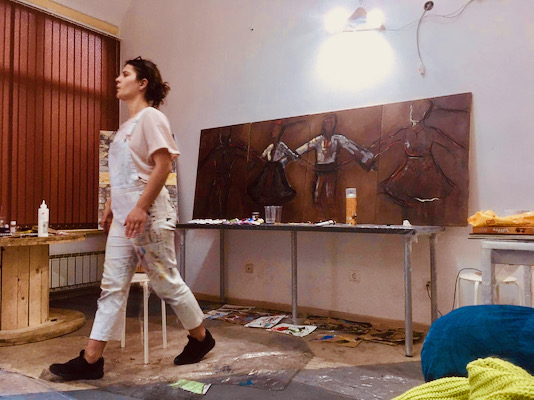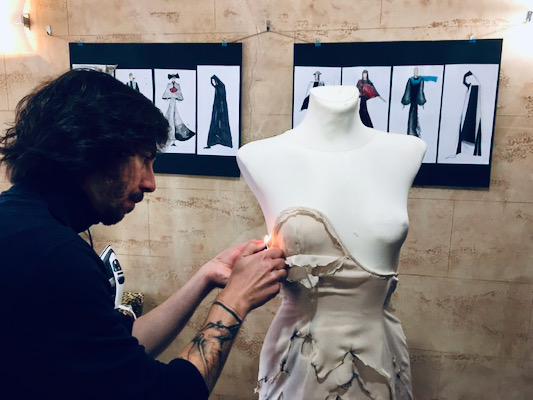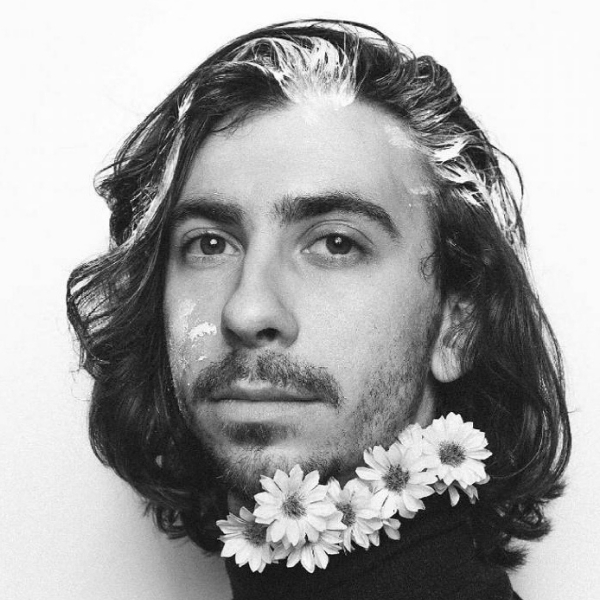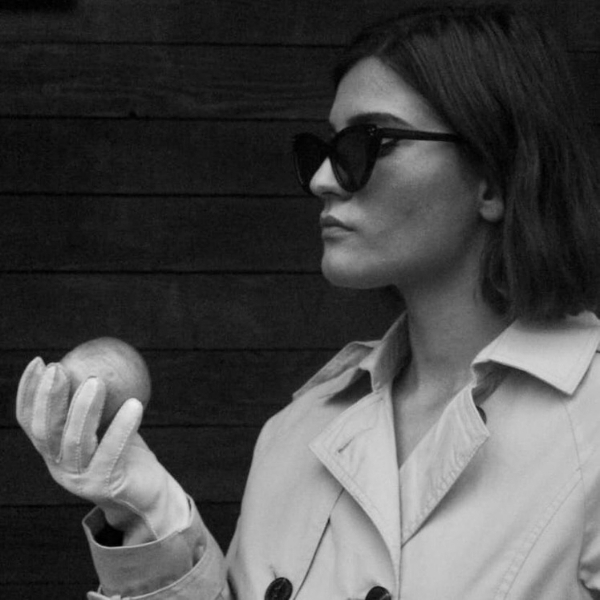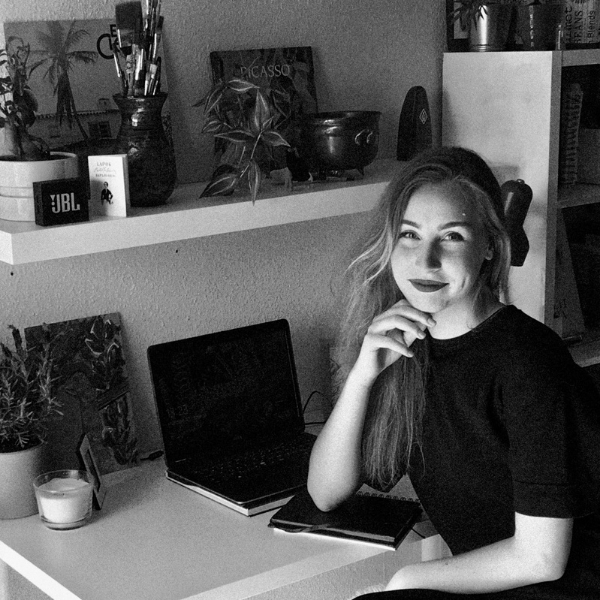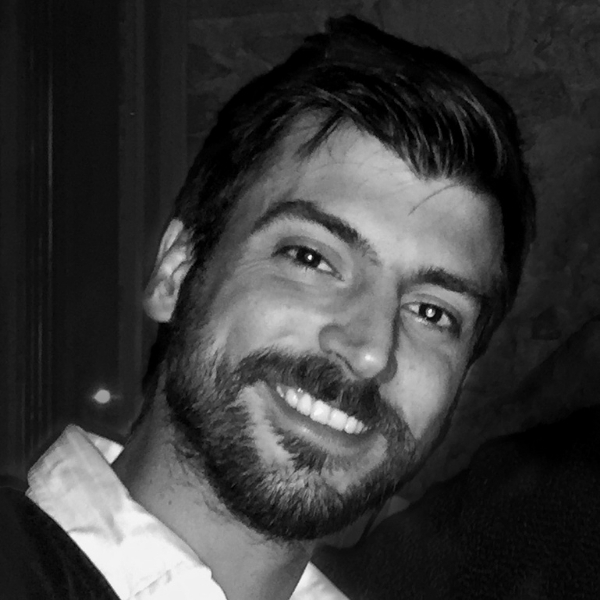Known as Serdica in Antiquity and Sredets in the Middle Ages, Sofia has been an area of human habitation since at least 7000 BC. Due to its long history replete with important events, the city encompasses many archaeological, historical and architectural monuments from different time periods – from Prehistory to Antiquity and the Middle Ages; and from Renaissance to Modernity and New Age. Sofia is the place where the Roman Emperor Galerius issued the Edict of Tolerance in 311, and nowadays is described as the “triangle of religious tolerance” due to the fact that three temples of three major world religions -Christianity, Islam and Judaism- are situated within one square: Sveta Nedelya Church, Banya Bashi Mosque and Sofia Synagogue. (This triangle was recently expanded to a “square” to include the Catholic Cathedral of St Joseph as well.) As the capital and largest city of Bulgaria, Sofia is also a carrier of important intangible cultural heritage including the customs and traditions of minorities and migrant communities.
Sofia is the biggest city in Bulgaria, and the 13th biggest one in the European Union. It is the main administrative, industrial and transportation centre of the country. It is inhabited by around 1.291.591 people who represent 17.5% of the country’s population, and contribute to the creation of more than 34% of the GDP. The region around the capital counts more than 38 towns and cities, which take up only 1.2% of the country’s surface area, yet this region accommodates more than 1/5 of the labour force in Bulgaria.
Sofia is a magnet for young people, since it has 185 schools, and more than 20 universities, as well as a flourishing economy, a rich cultural life, and an open-mindedness. According to the data gathered by the National Institute of Statistics, around 1/3 of the inhabitants of Sofia are between 15 and 34 years old. This comes as no surprise, since Sofia nowadays offers young people increasingly more diverse opportunities for good education, career development, self-expression, as well as leisure.
Sofia is one of the oldest European cities. The first permanent settlements on the territory of today’s city emerged in the 7th millennium B.C., when the Neolithic Revolution crept into Europe through the Balkans. Quite some time later, during the 7th century B.C., an ancient Thracian city emerged north of the hot mineral water source, near the Eleshnitsa river (today called Vladaya river), and was later named Serdika by the Romans. During the Roman era (1st-4th centuries A.D.), the city flourished, and became the capital of the province Inner Thrace. During the 3rd and 4th centuries, Serdika was the capital of different roman provinces, and the place where the Emperor Galerius issued the Edict of Tolerance (311), ending the last major persecutions of Christians in Europe. From the middle of the 6th century on, the city transformed itself into an important administrative and agricultural centre of the Roman Empire, and took on the name Triaditsa. The city got its last and current name -Sofia (Divine Wisdom)- in the beginning of the 15th century.
Sofia possesses unique cultural and historical resources, and combines incredible examples of construction and architectural complexes from antiquity, the middle ages, post-liberation, and the 20th century. Around 1720 immovable properties of cultural significance are registered on the territory of the municipality of Sofia, out of which 830 can be found in the central urban part, and out of these 110 are of national significance. Such examples are the Boyana Church (which is included in the UNESCO World Heritage List), the archaeological complex Serdika-Sredets (with its temples St. Sophia and St. Georgi), the St. Alexander Nevsky Cathedral, the Central Mineral Baths, and many others. There are also a number of well-preserved industrial buildings of cultural and historical significance which, besides being valuable cultural heritage, continue to fulfil their functions. The lands outside of the administrative centre of Sofia also have places classified as cultural heritage, such as the agglomeration of monasteries known as Sofia Holy Mount.
By becoming the capital of Bulgaria, Sofia takes on the role of being a carrier of important cultural traditions. The groundworks of Sofia Holy Mount were laid in the middle ages, but the present existence of these monasteries proves that Sofia is still a place for pilgrimage and worship. In addition, Sofia showcases intangible heritage aspects, such as folklore, customs, self-governing cultural and educational associations that focus on Bulgarian traditions, as well as the heritage and traditions of minorities and migrant communities.
The Shopska folklore area (a.k.a. Shopluk) is distinguished by a number of cultural features. The majority of its population belongs to the Shopi ethnographic group, and bears the general name “Shopi”. One of their -internationally recognised- traditions is “diaphony”, i.e. a specific type of polyphonic singing, which is often “constructed” as follows: the first voice is sung by one singer and the second by several. One of the characteristics of the Shopi diaphony is that the second-voice singers try to drown out the first. According to them, the best singing is when the second prevails over the first.
Usually, the Shopi accompany their songs with dance. The melodies of their songs are fast, lively and playful, but still, singing cannot achieve this “whirlwind” of the dance, which occurs with instrumental accompaniment. The movements and accents in the Shopi dances are often directed down to the ground. It’s as if the dancer is fighting, crushing and trampling some imaginary enemy who has fallen to the ground. At other times, the movements and accents are directed upwards, with a pronounced desire to detach from the ground. To onlookers, it seems as if the dancer first fights with its opponent, and then rejoices, and is proud of its victory. The Shopski costume (worn both for work and a holiday) is light and comfortable, which allows the dance to be even more agile, fast and whirlwind.
The Bistritsa Babi (The Bistritsa Grannies) -an elderly / multi-generational women’s choir founded in 1939- carry on the polyphonic singing and traditional dancing of the Shopluk folklore area. They are also known for wearing the Shopi costumes, dancing in a circle (“horo”), and performing the “lazarouvane” (the girls’ springtime initiation ritual). In 1978, they won the prestigious European Folk Art Award by the Alfred Toepfer Foundation in Hamburg. And in 2008, they were inscribed on the UNESCO Representative List of the Intangible Cultural Heritage of Humanity (originally proclaimed in 2005).
Sofia is the leading centre of museum curation in Bulgaria, where one can find important museums and leading exhibitions. The city plays a key role in the preparation and export of exhibitions abroad, as well as in the reception of guest exhibitions. The municipality of Sofia is developing its own system of museums, which includes the Regional History Museum Sofia, the Sofia City Art Gallery, and others.
Sofia has a rich and dynamic contemporary cultural life. The cultural calendar of the city offers multiple well-known international festivals (e.g. Sofia Paper Art Fest, DA Fest, Mish Mash Fest, International Children Folklore Festival, Antistatic festival, Sofia Film Festival, Kinomania, MENAR Film Festival, Cinelibry Festival, AtoJazz Festival), and a wide array of cultural events in multiple theatres, galleries, cinemas, concert halls and alternative cultural spaces, which increasingly attract more interest from both the Bulgarian and the international public.
In Sofia, one can find 22 art schools and universities, 6 of which are of national importance. In addition, the city is the national centre of the so-called cultural and creative industries. The markers of their economic significance show that between 49% and 92% of these industries’ different branches are concentrated in the city. In Bulgaria, 92,323 people work in the arts and the cultural and creative sectors (which is 3.4% of all the working people in the country). In Sofia, there are 54,293 people working in arts and entertainment (which is 6.7% of all the working folks in the city).
Sofia is a city of alternative cultural spaces, which contribute to the cultivating of a personal relationship with the city. We could distinguish these alternative cultural spaces into the following four intertwined categories:
- spaces for minorities;
- hidden architectural sightseeing locations;
- spaces for urban cultural practices in Sofia; and
- spaces for alternative artistic production and consumption.
Research on local history, cultural heritage and traditions: Pepa Peneva
Research on open access repositories and illustration: Revekka Kefalea
Review and semantic enrichment: Mina Karatza, Nikos Pasamitros, Revekka Kefalea
Last update: 25 June 2021.
During the Sofia Art Residency (May 2021), the artists-in-residence worked in special rented ateliers in one of the districts of Sofia, located very close to the Vitosha mountain and the Regional History Museum Sofia.
The Sofia Local Arts Exhibition will be hosted in Credo Bonum Gallery from 29 July to 20 August 2021. Credo Bonum Gallery encompasses a rich and diverse programme of cultural events that fuse various art forms, and cover a wide thematic spectrum – from ecology, history, and contemporary culture to current issues in society. The gallery was opened in 2003, and is located in one of the most representative late Succession buildings in the center of Sofia.


